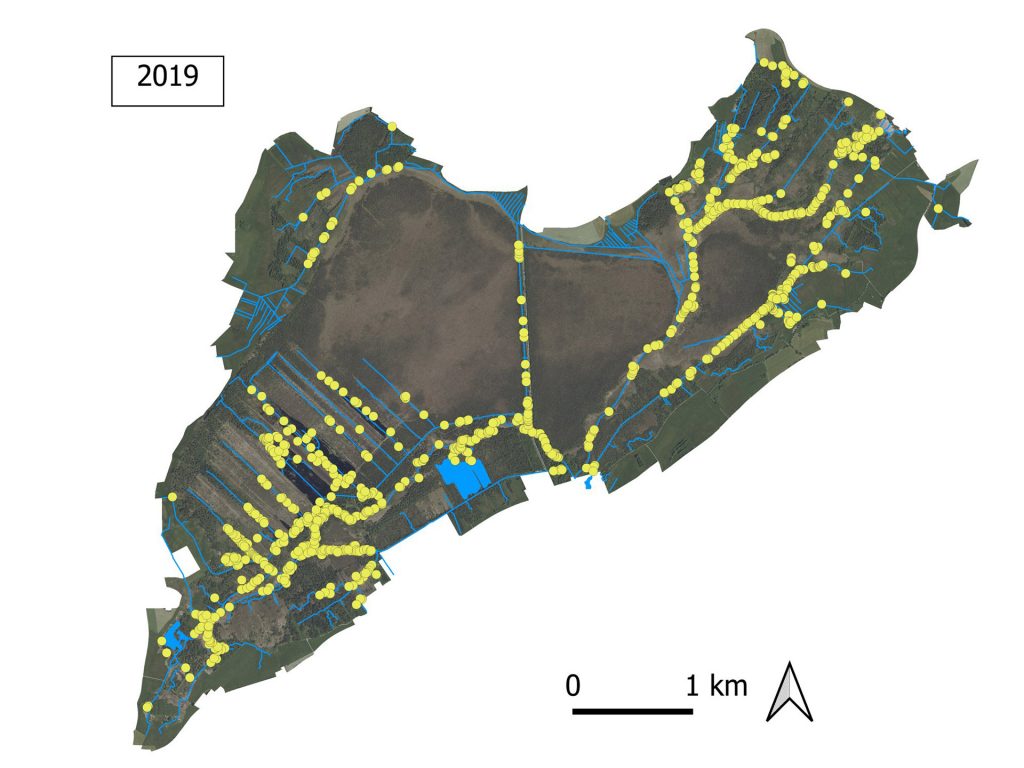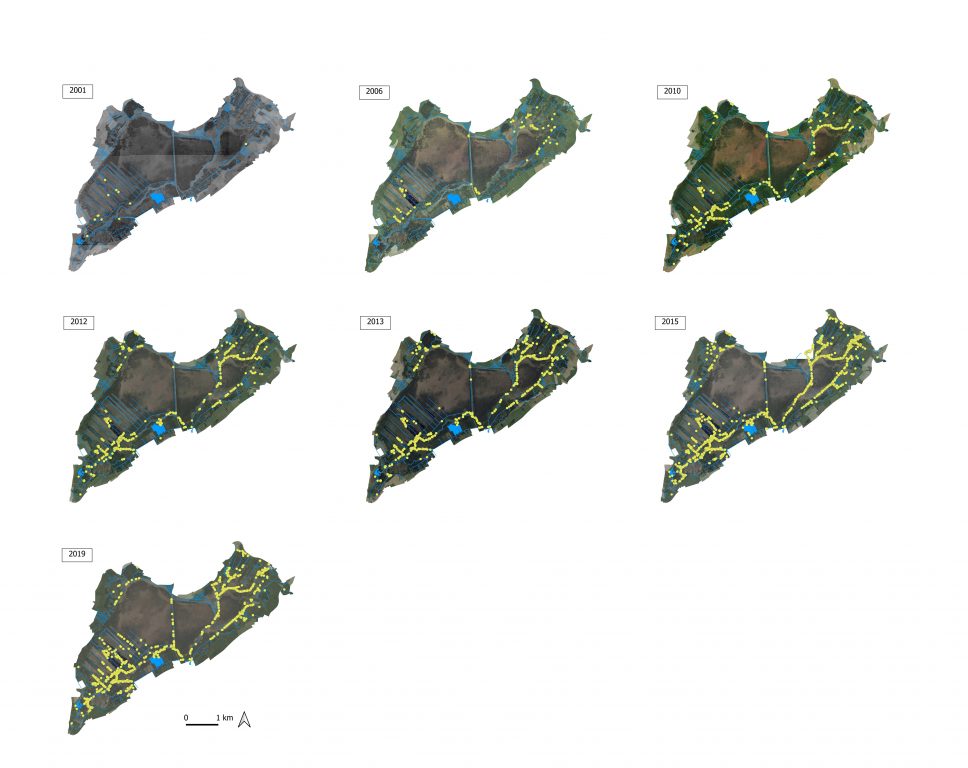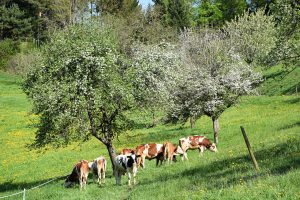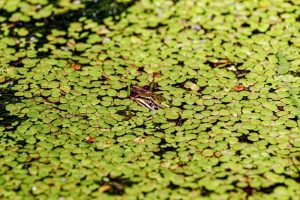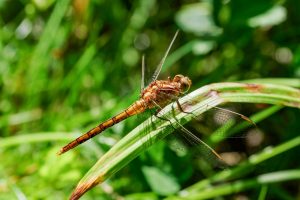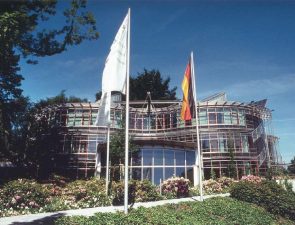Moors remaining in western European landscapes are habitats of high nature conservation value. Moors are abundant in the alpine foothills of southern Germany. However, most of the moor habitats have been degraded through drainage in the course of former peat exploi- tation and human land use activities. Since moor restoration programs have been proven to be expensive and complex, conservationists have considerable expectations regarding the potential rewetting effects of beavers on these habitats. Supported by conservation legisla- tion and reintroductions, the formerly eradicated species has since returned to many water- ways in Germany. This provides the opportunity to explore the potential of this so-called ‘eco-engineer’ in relation to moor restoration. However, data on the recolonization process – which are necessary in order to analyze the impact exerted by the species on moor habi- tats – are very limited. We investigated whether the colonization of a peatland by beavers can be sufficiently reconstructed through analyses of digital orthographical aerial photo- graphs (DOPs). Scientists of Freiburg Landscape Research found that beaver canals, on the basis of their characteristic shape, are reliably identifiable on aerial photographs. Therefore, the canals are characteristic indicators of actual beaver presence. Further, our results suggest that the development of beaver populations in moor habitats can be tracked closely by assessing the abundance of beaver canals identified on DOP time series.
The results are published in Biodiversity and Conservation. The paper can be read online.

